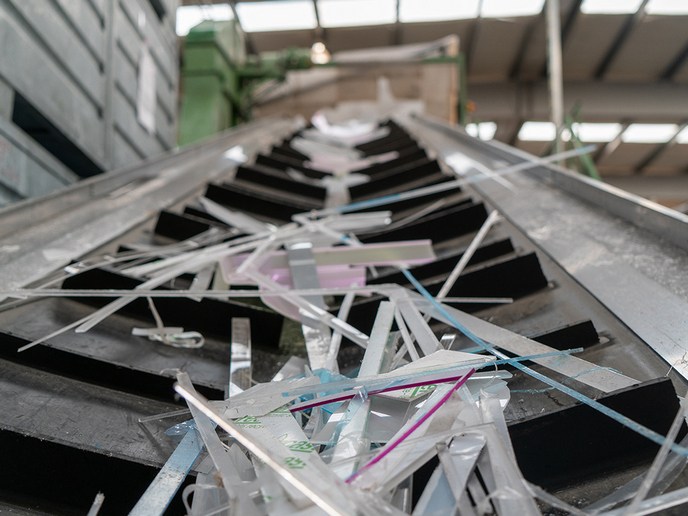Perfect paper production
The papermaking industry plays an important role in the European economy, yet the costs involved can threaten the health of the sector. The EU-funded project 'Novel device to study pulp suspensions behaviour in order to move towards zero energy losses in papermaking' (Nodeszeloss) aimed to reduce these high costs. Nodeszeloss worked on building equipment that examines the behaviour of pulp suspensions in order to eliminate energy losses in papermaking. Researchers conducted numerous tests to develop the device prototype for papers mills in the sector's SMEs, raising their competitiveness and producing valuable knowledge on pulp suspension flows. In particular, the project investigated fluid dynamics in pulp suspensions and optimised wet-end chemistry to enable more efficient processing. Through intense SME collaboration with researchers, the project team built four laboratory devices and registered a patent for the concept. The work started with thorough market research and then defined ways to disseminate and exploit the results obtained during the project. This task required strong collaboration and commitment between SME project partners, an approach which was achieved successfully. Initially the device was designed to improve equipment design as well as pump and pipe design in wet-end optimisation. Nonetheless, it could be used for many other applications where behaviour of pulp suspensions is important, including cosmetics, the food industry and polymer science. Within the scope of the project, the team studied several aspects of pulp rheology, fibre suspensions, flocculation and pressure, resulting in a new reference manual for the design of mill equipment. Having produced a viable pre-commercial prototype, the project team hopes that the new device will be integrated into pulp preparation stages and eventually into production lines of other relevant industries. SMEs in these sectors stand to gain much from the new technology, including increased savings and improved energy efficiency.







